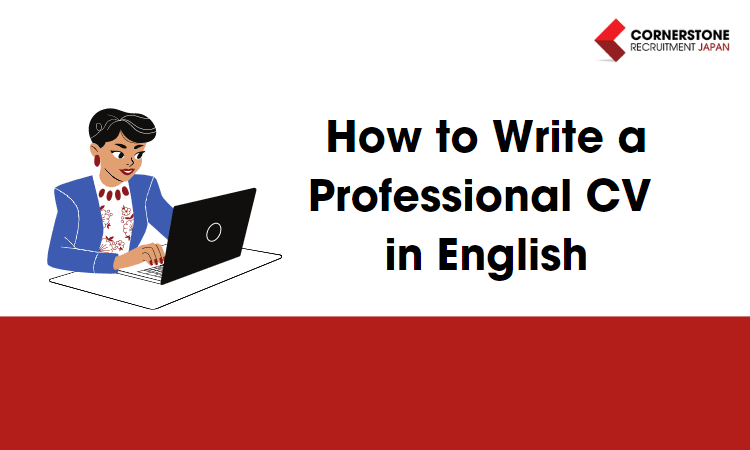How to Write a Professional CV and a CV Template
about 2 years ago by Lincoln T.
One of the most important documents that anyone can have is a resume or CV. It is both a chronicle of past accomplishments and a marketing tool to highlight your potential. Yet, we rarely spend time updating it properly. The vast majority of CVs shared with me over the years have obviously been legacy documents with new jobs appended to the top or new files generated by some template software - heavy on graphics and light on content.
Regardless of your background, your seniority, or your industry, there are certain truths that you must keep in mind when preparing your CV:
1) Your resume should never be more than four pages long.
Recruiters, HR staff, and hiring managers are all busy people and are often looking at dozens or hundreds of CVs per day. A long CV is both daunting and disappointing and it makes two very negative first impressions: either you were too lazy to edit your resume or you did not have the awareness/understanding that this was inappropriate.
2) Your resume should be legible.
It really is shocking how many resumes attack the eyes with multiple typefaces, different font colors, various font effects (e.g. shading, bold, underline, etc.), graphics, and more. It is much better to have a well-worded document with a simple presentation than to try grabbing attention with visuals. This is not to say that you cannot have variety, but you want to be consistent and effective with it. In my experience, it is best to highlight companies and dates with bold and job titles with italics or vice versa.
Bullet points can be circles, stars, numbers, or dashes, but they should be consistent throughout your file.
3) Your resume should have relevant information.
Start with your companies and the dates you worked there. Add the title or titles and the dates that you held those jobs. Then add the most important responsibilities and achievements at each role. If your role was unique or obscure, then you may want to describe briefly what the job actually was.
Include descriptions such your reporting line (your boss), your interactions with internal and external stakeholders, and any awards or recognition that you received.
Also include numbers like staff managed, budgets managed, sales generated, accounts gained, brand awareness increases, money saved, etc.
You do not have to include internships, volunteer work, or work prior to or during college. That said, you may want to include some of these experiences if they relate to the job to which you are applying.
4) Review
After you have prepared your file, I recommend that you try two simple roleplays:
First, take your resume and cover up your name. Pretend that your friend Lincoln has shared his resume and is asking for your advice. If this were your friend's resume, what would you say? Do you like the way that it looks? Does it say important information in a clear way?
Second, take your resume and cover up your name as before. This time, pretend that you are trying to hire for your team and the resume is an applicant. Would you hire this person? Does the resume highlight the type of skills and experiences that you would want to see if you were about to interview an applicant?
It is amazing how much stress we feel when preparing a resume - mostly because we feel intensely shy about bragging or describing ourselves in such a way. It is equally amazing how clear things can become if you simply pretend that this file is not you.
I hope that these tips are helpful as you prepare your own resume. Of course, if you have any questions or would like further advice, please feel free to contact me or my team at Cornerstone Recruitment Japan.
Written by Lincoln Torrey
